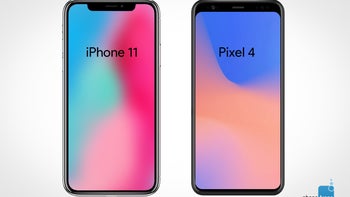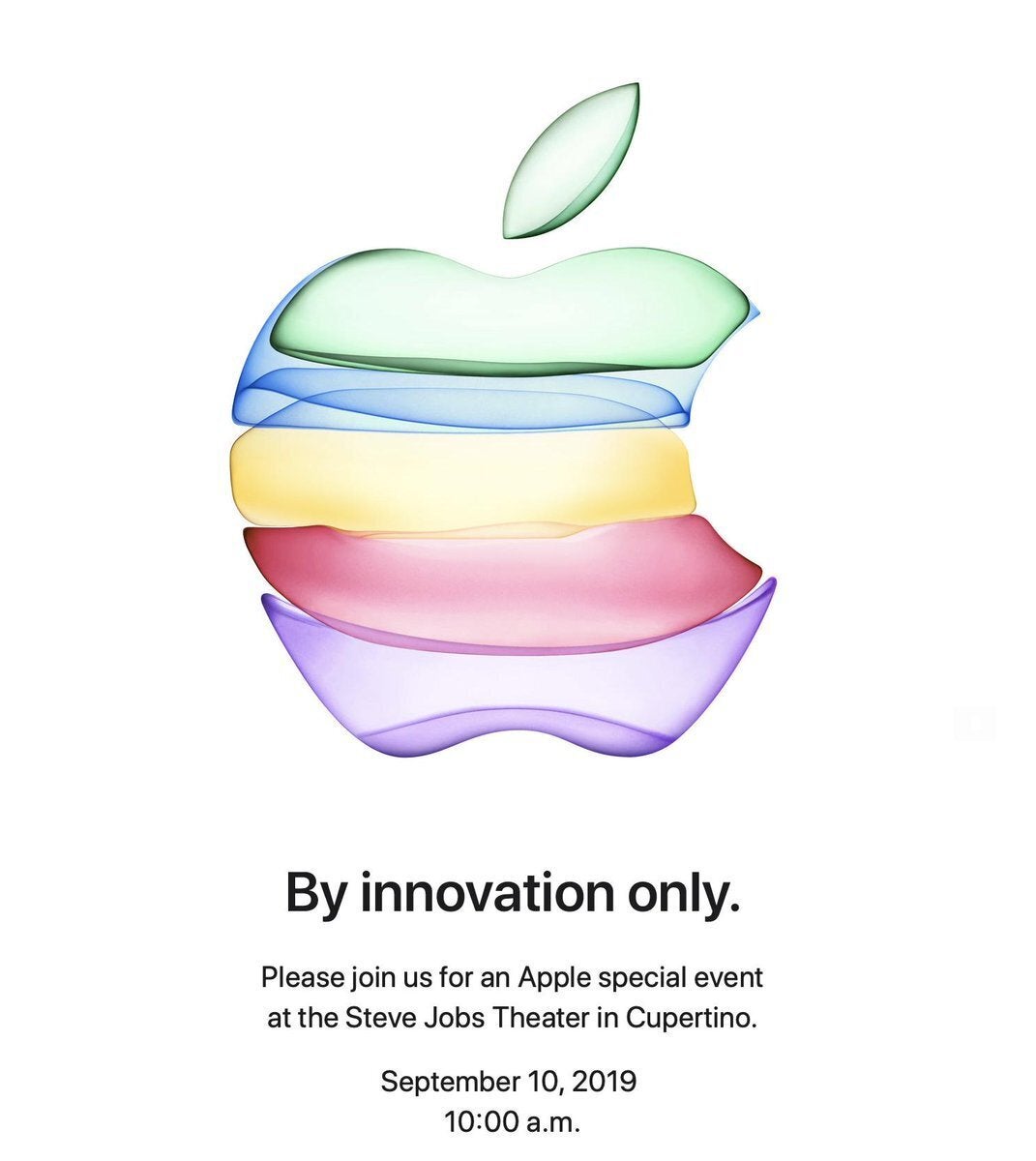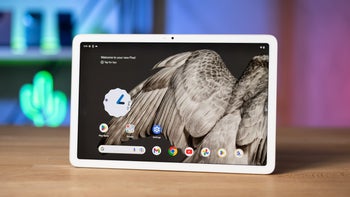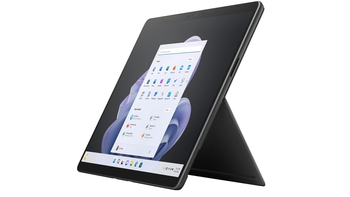Google Pixel 4 XL vs iPhone 11 Pro Max specs and features preview, clash of the squares

Apple just announced the 11, 11 Pro and 11 Pro Max. While the phones stay with largely the same outer appearance as the current XS, Max and XR, the biggest upgrade (and design difference) is in the camera area on the back.
The iPhone 11 - the XR's heir - gained an extra wide camera, and ditto for the Pro and Max. Apple is not the only one stepping up its camera game this fall season, though. Google is expected to issue a direct answer with the Pixel 4 which will have a non-single sensor kit on the back for the first time, adding a telephoto lens to the main one it has had since the inception of the line.
This is why we are pitting these two mobile photography juggernauts against each other in a specs and features comparison to help you choose whether to jump in or wait for the first camera comparisons to trickle down.
Google Pixel 4 XL vs iPhone 11 Pro Max design and specs
Hey, 5.7" 1080p display with big bezels, meet the 5.8" iPhone Pro with wide notch
While from the rear the two phones may look identical, with big square camera "islands" at the top left corner, housing the dual (in the case of Pixel 4) or triple camera kits, the fronts are rather different and not because of the screen sizes. The Pixel 4 is landing with a 5.7" 1080p screen, whereas the iPhone Pro will retain its 5.8" OLED one, not much of a difference here. The XL and Max versions are said to sport 6.2" Quad HD and the same 6.5" screen than we have now on the iPhone. Again, the display diagonals may differ slightly, but the fronts are rather characteristic for each company and therefore quite different.
There is a reason why Google is going with a giant top bezel on the Pixel 4, in times where the Note 10 will be the most compact large-screen phone in our database precisely on account of the shaved-off strip there. No, that reason is not a 3D face-scanning kit, although there will be one, and Google is collecting faces to perfect it at $5 a pop.
Looking at the leaked renders and screen protectors, there was a mysterious and quite large cutout on the right of the Face ID-style module. The best guess was that Google will use it to revolutionize its Pixel phones' interface navigation by introducing the gesture recognition platform it has only had in prototype form so far, and Google just confirmed it will indeed employ it with the official name Motion Sense.
Google's successful miniaturization of the technology fits in a Soli chip that is small as a pinky nail, yet can detect the minutest of motions. It works on the same principle as the big flight radars that detect airplane movements in the sky. Unfortunately, this was precisely why the FCC didn't let the Soli chip fly until December 31 2018, when it granted Google a waiver from some of its requirements for radars in the commercial 57-64 GHz frequency band.

Besides the camera prowess, Motion Sense will be Google's "shtick" with the new Pixels, pushing a new navigation paradigm that may or may not catch up, depending on the execution and the uptake.

Apple kept hinting at more color options for the iPhone 11
Google is busy moving the Pixel production from China to Vietnam to escape the US trade war restrictions, so now is not the time to introduce more complex design or extra housing colors that will present logistical challenges.
As for the specs, we are expecting Snapdragon 855 coupled with 6GB RAM on the Pixel, and an Apple A13 processor with the second-gen 7nm process that will most likely run circles around the Snapdragon in terms of performance. Both chipsets are be more than enough to run the light and efficient stock Android or iOS platforms, and that's what matters day to day.
Pixel 4 XL vs iPhone 11 Pro Max camera options
While we have heard a lot about the iPhone 11 Pro's triple camera in terms of sensor resolution and lenses, the Pixel 4 camera specs situation is a bit murkier. Rumors are that it will sport the same 12MP sensor resolution for the main camera as now, but that will be aided by a 16MP sensor with telephoto lens that will offer up to 3x "optical" zoom, as well as a time-of-flight depth sensing sensor for better portraits.

Pixel 4 (left) vs iPhone 11 Pro camera specs
Apple, on the other hand, added a 12MP sensor for wide-angle shots, and those will be automatically corrected for the wrong perspective and fisheye edges that typically occur with wide angle lenses. Apple has one more trick up its iPhone 11 camera sleeve called Deep Fusion, merging a few photos pre- and post-shot to get the best one in a second.
As for Google, we know that the Pixel 4's camera will be fantastic, as the search company's computational photography algorithms are second to none, and we can only imagine what the camera will be able to do now that it has added hardware features. So far, Google has just enigmatically teased that:
Well, since there seems to be some interest, here you go! Wait 'til you see what it can do. #Pixel4pic.twitter.com/RnpTNZXEI1
— Made by Google (@madebygoogle) June 12, 2019
Pixel 4 XL vs iPhone 11 Pro Max prices and release date
Google ditched the "at cost" business model ever since it switched from the Nexus to Pixel line of phones. It acquired HTC's handset-making division, started using flagship-grade processors and design materials (not flagship design, though, but this year at least it has a reason to go full bezel on us), and commenced charging premium prices. Still, Apple is Apple, so we are expecting the smaller Pixel 4 to cost about two Benjamins less than the basic iPhone Pro with 5.8" display. What do you think?
| 64GB/128GB | 256GB | 512GB | |
|---|---|---|---|
| Google Pixel 4 (tentative 10/25 release) | $799 (projected) | $899 (projected) | - |
| Google Pixel 4 XL (tentative 10/25 release) | $899 (projected) | $999 (projected) | - |
| Apple iPhone 11 Pro (9/20 release) | $999 (64GB) | $1149 | $1349 |
| Apple iPhone 11 Pro Max (9/20 release) | $1099 (64GB) | $1249 | $1449 |













Things that are NOT allowed: